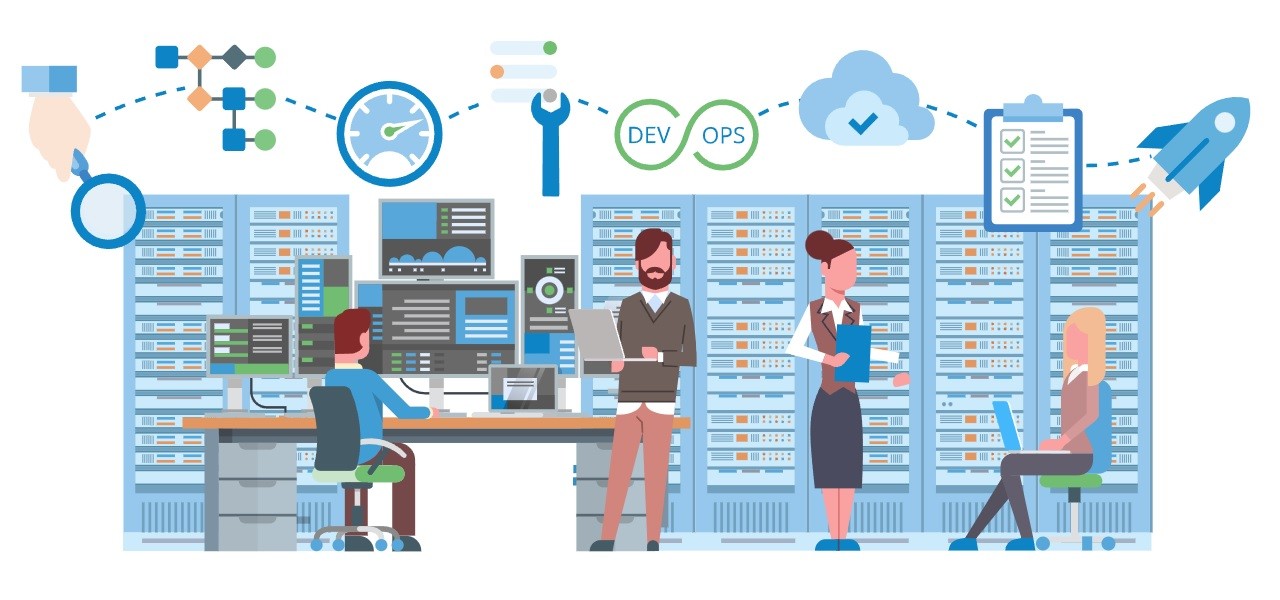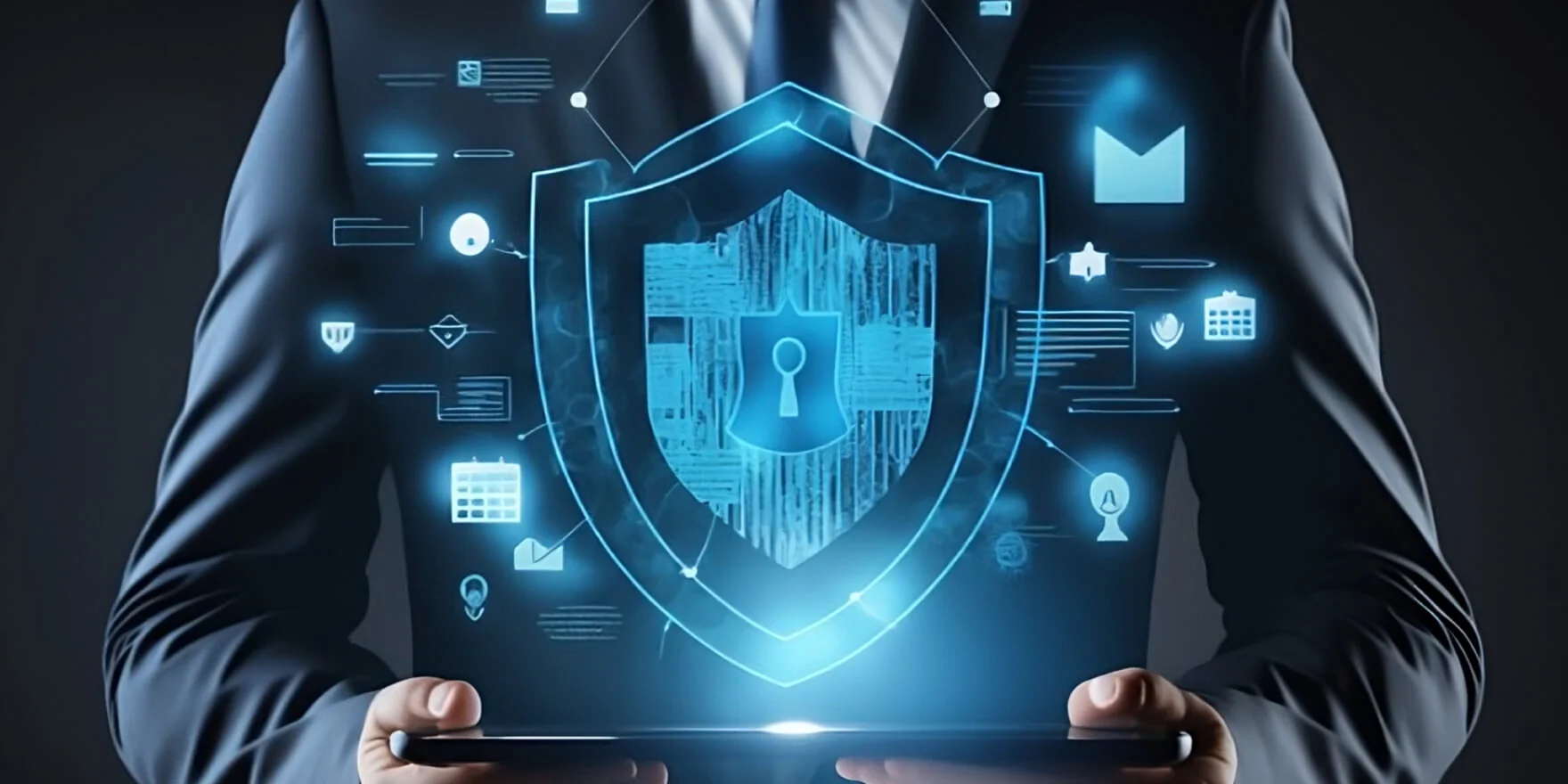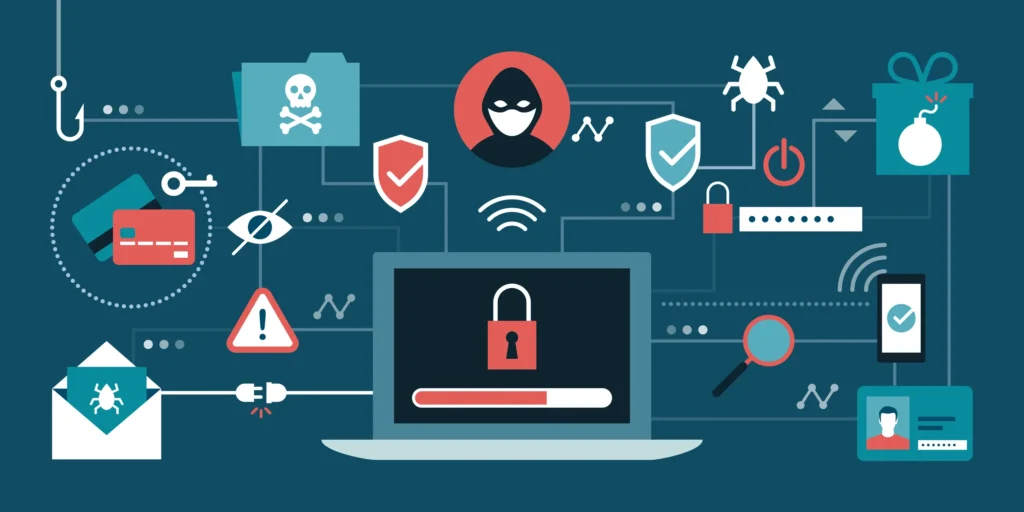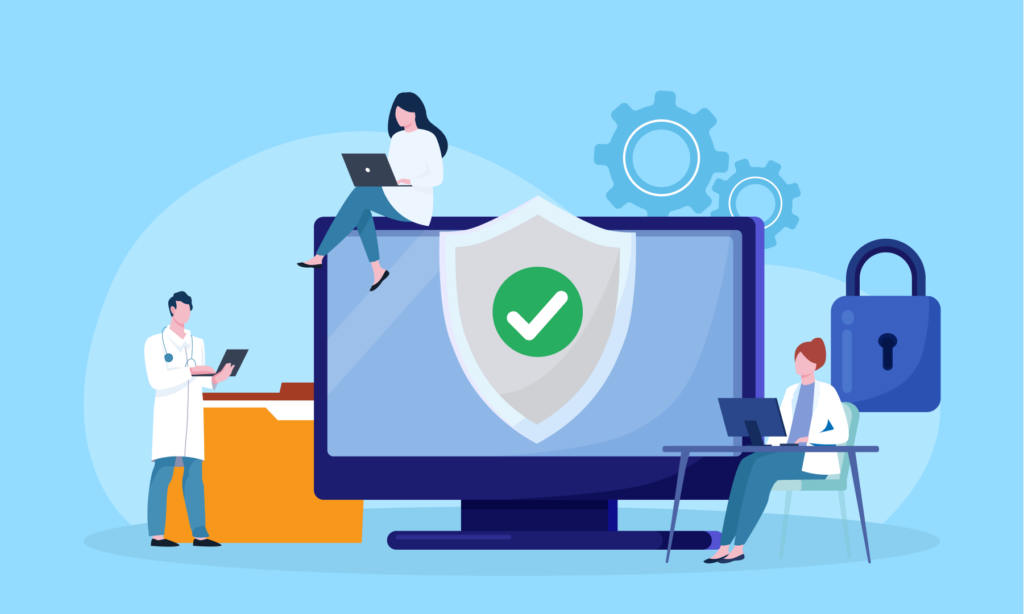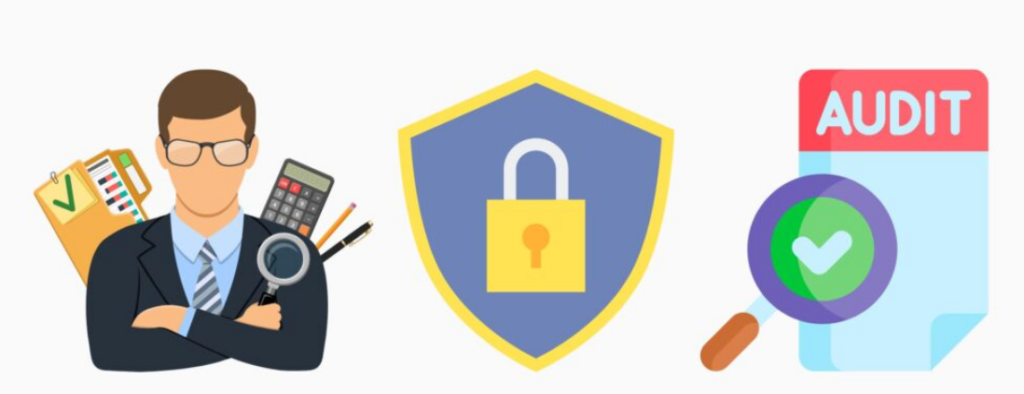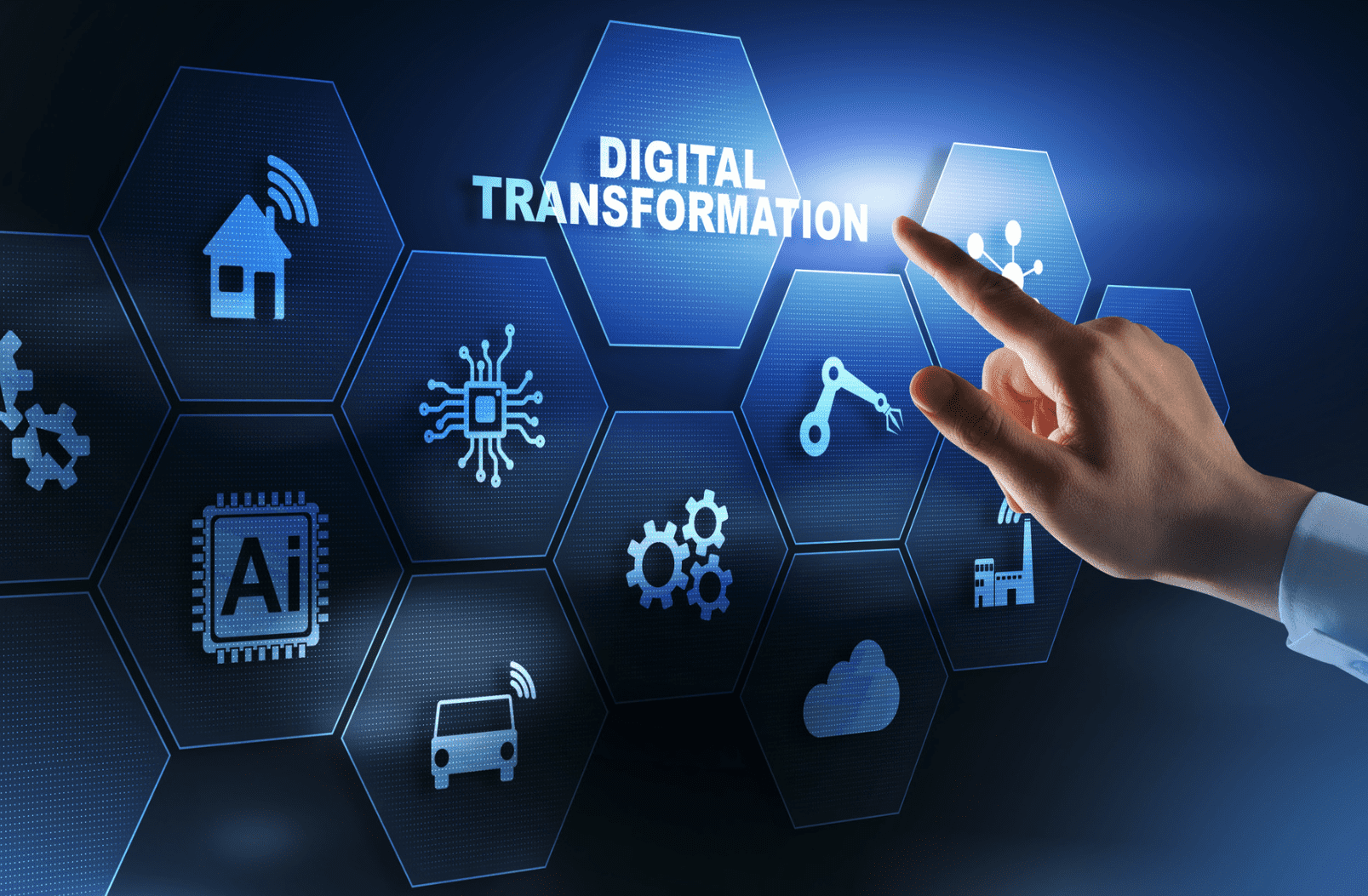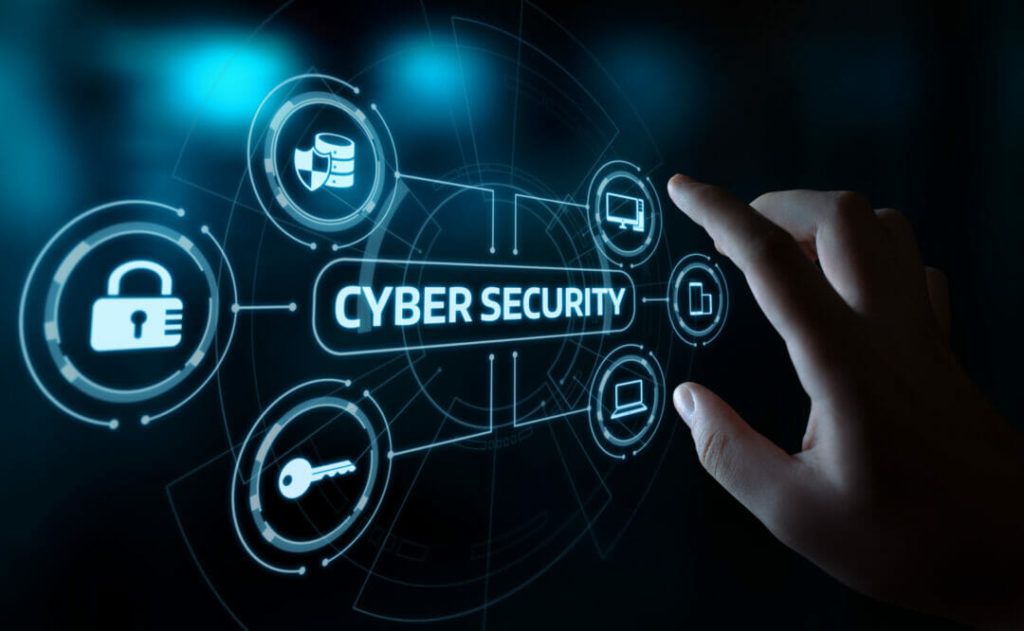Introduction: The Importance of Technical Governance
In today’s digital-first world, businesses rely heavily on technology to drive operations, support growth, and stay competitive. However, with this reliance comes the challenge of ensuring IT systems operate efficiently, securely, and in compliance with ever-evolving regulations and rules.
Technical governance provides organisations with the framework needed to manage IT resources effectively, aligning them with business goals while safeguarding against risks. Without a strong governance model, businesses face unidentified risks, inefficiencies, potential non-compliance penalties, and increased exposure to cyber threats.
For Australian businesses, adhering to regulations such as the SOCI Act, CPS 234 and the Australian Privacy Act is critical. Beyond Technology’s tailored Technical Governance Reviews help organisations navigate these complexities. From identifying gaps in processes to providing actionable strategies, our reviews ensure IT systems not only meet regulatory requirements but also drive business success.
What is Technical Governance?
Technical governance is the structured framework through which organisations manage their IT technology infrastructure together, ensuring that systems operate efficiently, securely, and in alignment with business objectives. It involves setting clear policies, technical standards, and accountability measures to guide the management of technology resources.
At its core, technical governance ensures that IT investments are strategic and provide measurable value. It also enforces compliance with industry best practice and regulations, helping businesses mitigate risks while maintaining operational integrity. Key components include establishing robust IT policies, lifecycle planning, monitoring performance, and aligning IT practices with organisational goals.
Beyond Technology specialises in technical governance advice tailored to the unique needs of Australian businesses. Our reviews focus on improving IT efficiency, ensuring compliance with regulatory standards and obligations, and supporting long-term business growth by aligning technology with strategic objectives.
Why is Technical Governance Important?
In today’s fast-evolving digital landscape, technical governance is critical for ensuring that IT systems and infrastructure supports business goals while minimising risks. Poorly governed IT systems can lead to poor resilience, inefficiencies, security vulnerabilities, and non-compliance with regulatory standards, all of which can harm an organisation’s operations and reputation.
Effective technical governance provides a framework to manage IT resources efficiently, ensuring that technology investments deliver value and align with organisational strategies. It also promotes accountability by defining clear roles and responsibilities for IT decision-making and oversight. This is in practice and particularly important for businesses navigating complex regulatory environments, such as those requiring adherence to SOCI or data security standards like ISO 27001.
Beyond Technology helps organisations build robust governance structures that enhance system performance, mitigate risks, and ensure compliance. With a focus on Australian businesses, we offer practical solutions that align technical capabilities with operational needs. Whether addressing legacy system challenges or modern infrastructure while ensuring scalability for future growth, our governance strategies provide the foundation for resilient, secure, and efficient IT operations.
Key Components of Effective Technical Governance
Technical governance encompasses several critical components that ensure IT systems are secure, compliant, and aligned with organisational goals. These components provide a structured approach to managing technology resources effectively:
- Policies and Standards
Clear IT policies and standards serve as the foundation for governance. They outline acceptable practices, compliance requirements, and the organisation’s approach to data security, system updates, and user access. - Compliance and Risk Management
Governance frameworks must address regulatory requirements and industry standards, such as the Australian Privacy Act or ISO 27001. Regular audits and risk assessments are essential to identify vulnerabilities and ensure compliance. - IT Decision-Making Processes
Establishing a defined decision-making hierarchy ensures accountability and consistency in IT investments, system changes, and upgrades. This prevents ad-hoc decisions that could disrupt workflows or waste resources. - Lifecycle & Capacity Planning, Performance Monitoring and Metrics
Regular performance evaluations provide insights into how IT systems are functioning. Metrics such as system uptime, incident resolution times, and user satisfaction inform decision-making and highlight areas for improvement. - Scalability and Innovation Planning
Effective governance supports scalability, ensuring IT infrastructure can adapt to organisational growth. It also fosters innovation by identifying opportunities for adopting new technologies. - Cyber Response and Disaster Planning and Testing
Effective governance ensures that planning activities are effective and practiced. Disaster Recovery, Business Continuity and Critical Event Response plans are often ineffective if appropriate governance isn’t applied to ensure they are rehearsed and tested.
Beyond Technology assists organisations in implementing these key components, offering tailored strategies that enhance IT operations and minimise risks. Our approach ensures that governance structures are not just theoretical but actionable and practical for everyday use.
The Role of Technical Governance in Risk Management
In today’s fast-paced digital landscape, unmanaged IT risks can lead to severe operational disruptions, data breaches, and regulatory penalties. Technical governance plays a vital role in mitigating these risks by creating a framework for proactive risk management.
Identifying and Mitigating Risks
Through structured governance, organisations can identify vulnerabilities in and protect their IT systems, such as outdated software, weak access controls, or misaligned processes. Regular risk assessments and audits ensure that potential threats are addressed before they escalate into critical issues.
Ensuring Compliance with Regulations
Governance frameworks align IT operations with industry standards and regulatory requirements, such as Essential 8, SOCI, CPS-234, ISO 27001, and the Australian Privacy Act. This alignment reduces the likelihood of compliance violations with regulators and the associated financial or reputational damage.
Building Resilience Against Cyber Threats
Technical governance fosters resilience by integrating robust cybersecurity measures into a company’ daily IT operations. This includes real-time monitoring, incident response protocols, and regular testing of disaster recovery plans to ensure the organisation is prepared for unexpected disruptions.
Beyond Technology empowers organisations to leverage governance as a tool for risk reduction. Our tailored strategies focus on safeguarding business-critical assets while ensuring compliance with relevant standards.
Steps to Establish Effective Technical Governance
Implementing a robust technical governance framework requires a systematic approach tailored to the organisation’s needs. By following these steps, businesses can create a structure that ensures their IT systems are reliable, secure, and compliant.
1. Conduct a Comprehensive Assessment
Start with an evaluation of your current IT landscape. This involves identifying existing policies, processes, and technologies to pinpoint gaps in compliance, efficiency, and risk management.
2. Define Governance Objectives
Establish clear goals for your governance framework. Whether it’s improving system reliability and resilience, enhancing security measures, or ensuring regulatory compliance, aligning objectives with business priorities is essential.
3. Develop Policies and Standards
Create effective policies and standards to guide IT operations. These should cover areas such as data handling, software lifecycle management, access controls, and incident response protocols.
4. Assign Roles and Responsibilities
Governance requires accountability. Define and enforce the roles of IT leaders, compliance officers, and other stakeholders to ensure that governance practices are consistently applied.
5. Implement Monitoring and Reporting Tools
Integrate tools for continuous monitoring and regular reporting. This helps track compliance with governance policies and provides insights for ongoing improvements.
6. Review and Update Regularly
Governance frameworks must evolve with changing technologies and regulations. Schedule regular reviews to ensure the framework remains relevant and effective.
At Beyond Technology, we guide businesses through every step of this process, offering expertise and experience to ensure technical governance frameworks are both practical and sustainable.
Challenges in Technical Governance and How to Overcome Them
While the benefits of technical governance are clear, implementing and maintaining an effective framework is not without its challenges. Common obstacles include:
1. Resistance to Change
Introducing new governance structures can meet resistance from employees and leadership, for example, particularly when processes appear complex or restrictive. Overcoming this requires clear communication about the benefits and training to ease the transition, along with an appropriately pragmatic approach that minimises implementation friction.
2. Keeping Up with Regulatory Changes
The regulatory landscape evolves quickly, making it difficult for organisations to comply and stay compliant. Businesses must invest in continuous monitoring and adapt governance policies promptly to align with new standards.
3. Limited Resources
Small to medium enterprises often struggle with limited budgets and IT expertise. Outsourcing governance reviews or leveraging external advisors or services like Beyond Technology can provide cost-effective solutions.
4. Balancing Security with Usability
Overly stringent controls can hinder productivity, and safety while lenient policies may expose vulnerabilities. Striking the right balance through risk assessments and customised policies is essential.
By addressing these challenges proactively, businesses can build governance frameworks that are both effective and adaptable. Beyond Technology specialises in helping organisations overcome these hurdles, ensuring governance is seamlessly integrated into their operations.
Conclusion: Embracing Technical Governance for Long-Term Success
Technical governance is no longer a choice; it’s a necessity for businesses aiming to thrive in a complex, technology-driven world. By ensuring IT systems align with industry standards, supporting regulatory compliance, and enhancing operational efficiency, technical governance becomes a cornerstone of resilience and growth.
The path to robust governance doesn’t need to be daunting. With tailored advice and expert guidance, organisations can overcome challenges and reap the rewards of a well-structured framework. At Beyond Technology, we work alongside you to develop governance practices that empower your business, safeguard your systems, and prepare you for future success.
Take control of your IT landscape—partner with us to ensure your technical governance sets the foundation for long-term excellence.
FAQs Answered:
1. What is technical governance?
Technical governance refers to the frameworks, policies, and processes that ensure an organisation’s IT infrastructure operates effectively, remains secure, future proof and complies with industry regulations. It’s about aligning technology with business objectives while managing risks and maintaining quality standards.
2. Why is technical governance important?
Effective technical governance safeguards IT systems from potential risks, ensures compliance with regulatory requirements, and supports operational efficiency. It enables businesses to make informed technology decisions and enhances accountability across the organisation.
3. What are the key components of technical governance?
Key components include risk management, effective planning, compliance monitoring, guidelines and standards, performance metrics, and regular reviews. These ensure your IT infrastructure supports business goals and adapts to evolving industry standards.
4. How can technical governance benefit my business?
By implementing robust technical governance, businesses can mitigate risks, reduce inefficiencies, ensure compliance, and enhance decision-making processes. It also builds trust with stakeholders and prepares the organisation for future growth.
5. How does Beyond Technology assist companies with technical governance?
Beyond Technology provides tailored technical governance reviews, assessing your IT infrastructure and processes. We identify gaps, recommend improvements, and help align your technology strategy with regulatory standards and business goals.
